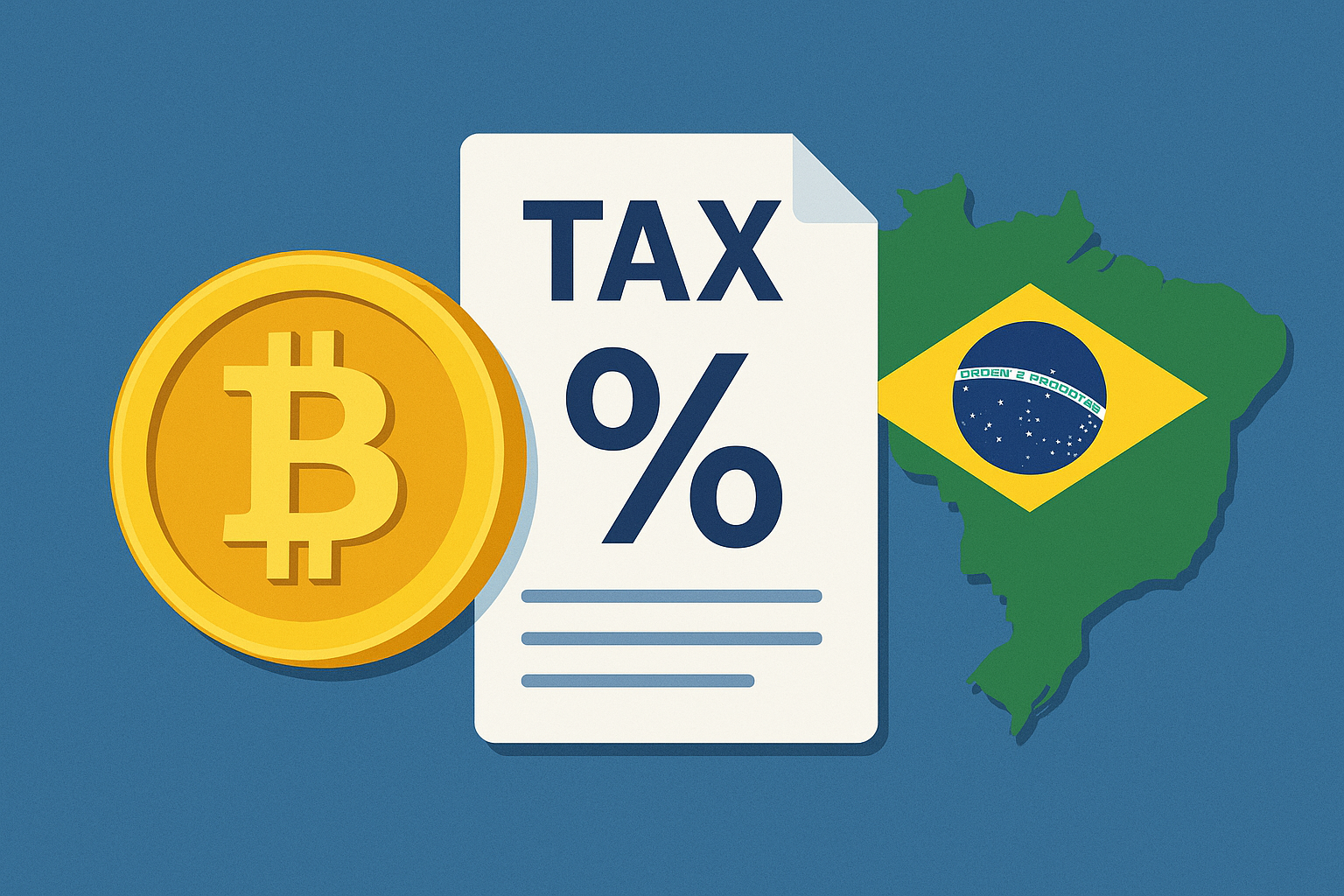Bitcoin
Bitcoin’s $4.2b October Options Expiry May Increase Short-Term Volatility

Introduction
In October 2024, Bitcoin faces a critical event that could significantly impact its short-term price volatility—a staggering $4.2 billion in Bitcoin options set to expire. This substantial expiry event is anticipated to create ripples across the cryptocurrency market, potentially leading to both heightened volatility and strategic opportunities for traders and investors alike. Understanding the mechanics behind options expiry and its effects on the market is crucial for navigating this turbulent period.
What Are Bitcoin Options?
Before delving into the potential effects of the $4.2 billion expiry, it’s important to grasp the fundamentals of Bitcoin options. Options are financial derivatives that grant buyers the right, but not the obligation, to buy or sell Bitcoin at a predetermined price within a specific timeframe. In essence, they allow investors to hedge or speculate on future price movements. Bitcoin options come in two primary forms: call options (the right to buy) and put options (the right to sell).
An options expiry refers to the date on which these options contracts expire, and the holders must decide whether to exercise their rights or let the contract expire worthless. When the expiry date nears, the volume of open options positions can dramatically affect the price of Bitcoin, particularly if the value of Bitcoin approaches the strike prices of these options.
The Impact Of $4.2 Billion Options Expiry
The upcoming $4.2 billion Bitcoin options expiry is particularly noteworthy due to the sheer size of the contracts involved. Expiry events of this magnitude can result in amplified market volatility, as traders rush to adjust their positions, either by exercising their options or executing trades to offset their potential losses. Here’s why this specific event is expected to create such an impact:
Market Liquidity and Price Movements: A large portion of these options contracts is set to expire “in the money” (i.e., the current price is favorable for exercising the option). When traders exercise these options, there is often a significant increase in buying or selling activity, leading to sharp price swings in the market. In particular, if a considerable number of put options (the right to sell) are exercised, it can trigger downward pressure on Bitcoin’s price.
Gamma Squeeze Potential: A phenomenon called a “gamma squeeze” could also come into play during this expiry. A gamma squeeze occurs when market makers, who sell options, are forced to buy or sell Bitcoin to hedge their risk. As the price of Bitcoin fluctuates around key strike prices, market makers may have to make large, rapid trades to stay balanced, leading to even more price volatility.
Psychological Impact on Traders: Expiry events can create a psychological impact on market participants. As the expiry date nears, traders often become more cautious or aggressive, depending on their outlook. The $4.2 billion expiry could instill uncertainty, encouraging short-term traders to close positions early, leading to erratic price behavior.
Effect on the Bitcoin Futures Market: The options expiry is closely watched by futures traders as well. The futures market is where participants speculate on the future price of Bitcoin, and futures contracts often align with the expiry dates of options. Any major price movements caused by the expiry could spill over into the futures market, further exacerbating volatility.
Historical Precedents: Learning From The Past
Bitcoin options expiries have historically been associated with notable market volatility. In 2021 and 2022, several high-value expiries led to short-term price swings as large institutional players adjusted their positions. For example, during the June 2021 expiry, Bitcoin’s price fluctuated nearly 10% within a few hours of the contracts expiring. Such movements present both risks and opportunities for traders and investors.
The October 2024 expiry is likely to follow a similar pattern, but with a potentially greater impact due to the record value of the contracts involved. If history is any indicator, traders should brace for substantial price swings.
Strategic Responses For Investors
With heightened volatility looming, how should traders and investors prepare? Here are several strategies to consider:
Hedging Strategies: For those with large Bitcoin positions, employing hedging strategies could help mitigate potential losses. For instance, buying put options could provide insurance against a sharp price drop.
Short-Term Trading Opportunities: Short-term traders may find lucrative opportunities during this volatile period. However, it’s essential to stay cautious, as the market may react unpredictably.
Long-Term Perspective: Long-term Bitcoin holders may prefer to stay the course, focusing on Bitcoin’s broader growth potential rather than the short-term noise caused by the expiry event. Historically, Bitcoin has recovered from short-term volatility following similar events.
Future Implications For Bitcoin
While the immediate aftermath of the $4.2 billion expiry is likely to be volatile, the long-term trajectory of Bitcoin remains a subject of ongoing debate. Factors such as institutional adoption, regulatory changes, and macroeconomic trends will continue to play a critical role in shaping Bitcoin’s future.
However, one thing is certain: as Bitcoin becomes more entrenched in traditional financial markets through products like options and futures, events such as large-scale expiries will continue to influence its price. Understanding these dynamics is key to successfully navigating the increasingly complex world of cryptocurrency.
Conclusion
The $4.2 billion Bitcoin options expiry set for October 2024 is poised to create significant short-term volatility in the cryptocurrency market. For traders and investors, this presents both risks and opportunities. Whether hedging against potential losses, seizing short-term gains, or holding a long-term view, understanding the impact of options expiries is crucial for anyone involved in Bitcoin.











